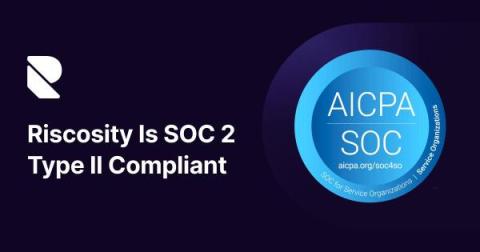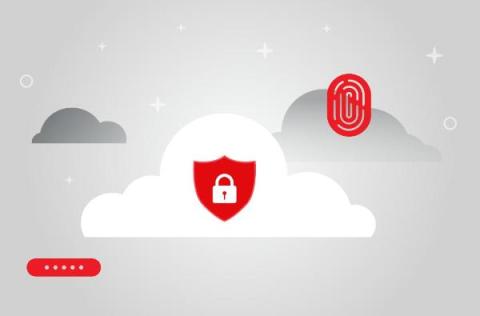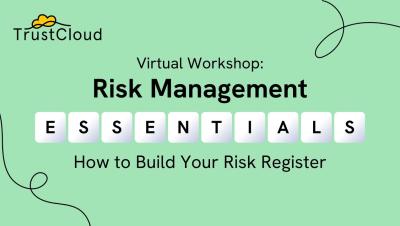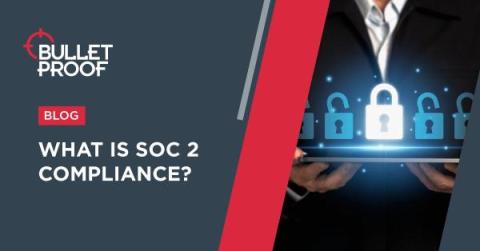Riscosity Achieves SOC 2 Type II Compliance
We’re excited to announce that Riscosity has successfully completed its SOC 2 Type II audit. This is a big effort for any organization, and it shows our commitment to protecting our customers’ sensitive data.










